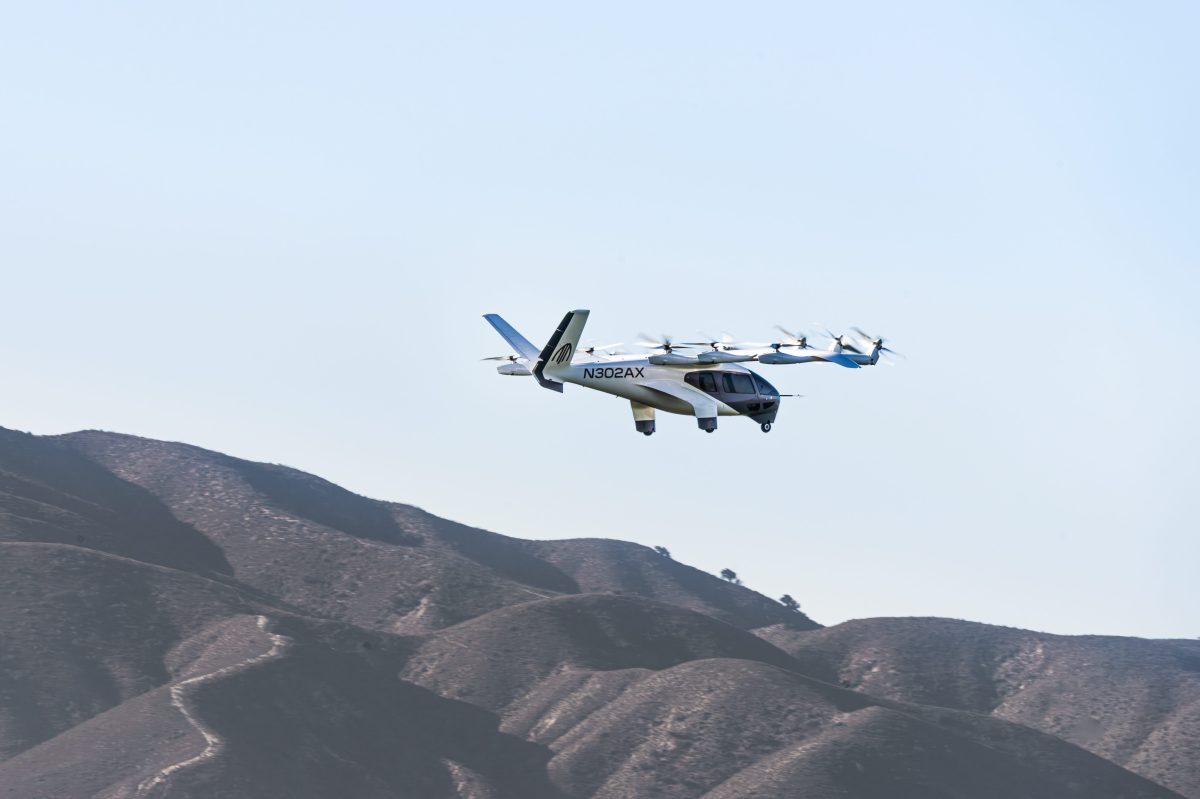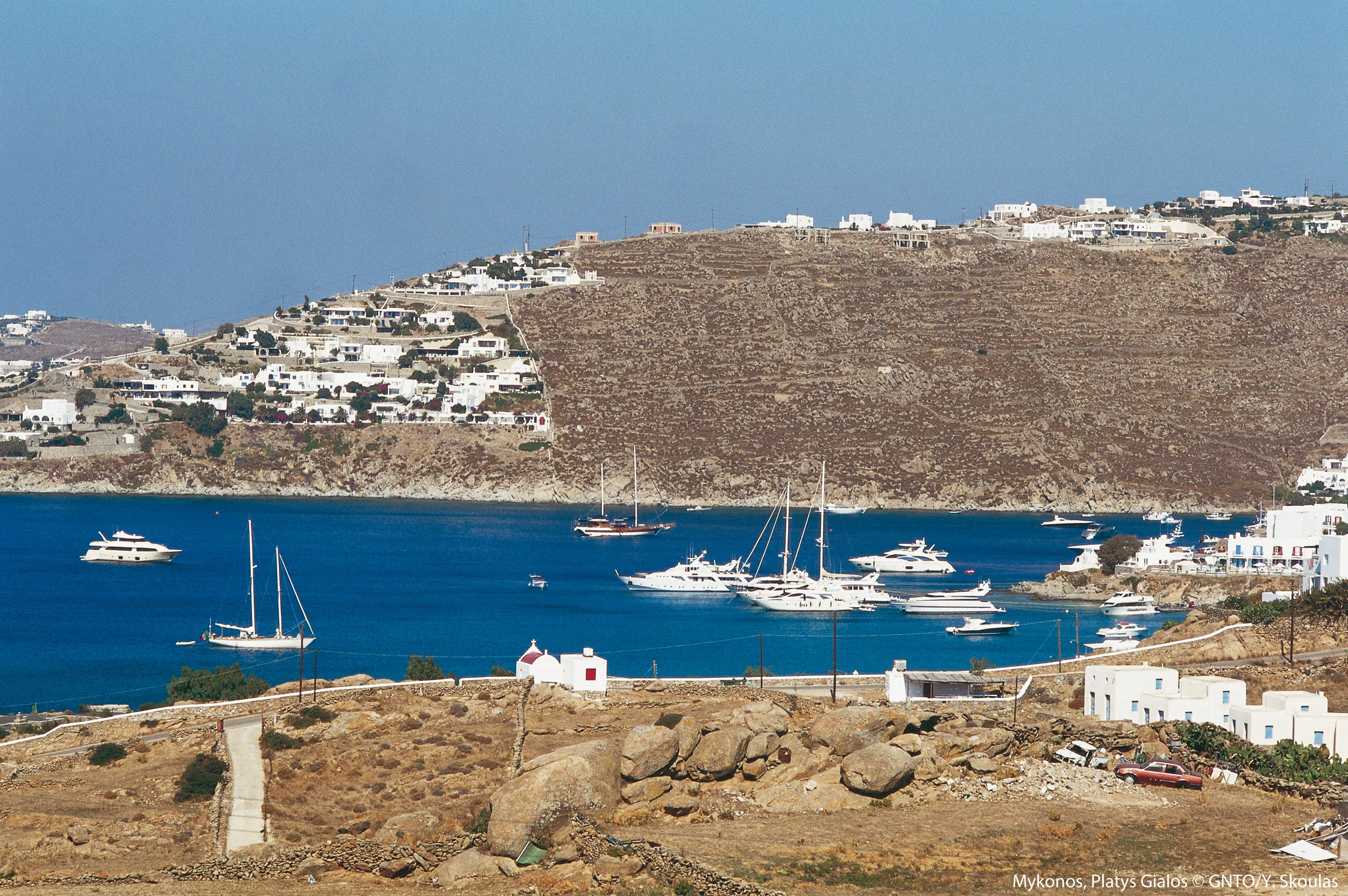Marriott CEO Arne Sorensen Says Most of the World Has Seen the Bottom

Skift Take
Economies around the world are on life support, but Marriott executives see initial signs the worst from coronavirus may be in the rearview mirror.
A quarter of Marriott’s hotels around the world are temporarily closed due to depleted occupancy and limited revenue per room in the coronavirus era not justifying continued operations. The hotel giant’s worldwide revenue per room was down 90 percent in April. But the recovery already underway in China is expected to continue in other parts of the world, most likely arriving in Europe last.
“China does appear to be recovering and holding. I know there is lots of debate on if there’s a resurgence of the virus in China,” Marriott President and CEO Arne Sorenson said Monday on a first quarter earnings call. “By and large, what we hear there is reassuring.”
Get the Latest on Coronavirus and the Travel Industry on Skift's Liveblog
Coronavirus first impacted Marriott’s China portfolio in January before ramping up elsewhere in March. Occupancy rates in China have gone from single-digit lows in February to just over 30 percent currently, Sorenson said. Marriott properties in Chinese resort markets saw close to 70 percent occupancy rates over the recent Labor Day holiday, the first major holiday in China since coronavirus-related travel restrictions have been lifted. A strong domestic traveler base should continue to fuel the recovery at Chinese properties, Sorenson said.
About 16 percent of Marriott’s North American portfolio is temporarily closed while more than 75 percent of the company’s European hotels have suspended operations. But there are signs of the early stages of a rebound.
“The glimmer of good news is negative trends appear to have bottomed in most regions in the world,” Sorenson said.
Some properties in U.S. beach markets like Hilton Head, South Carolina, and Santa Barbara, California, were on track to hit 50 percent occupancy rates last weekend, as certain states relax restrictions and reopen beaches. U.S. occupancy rates have increased by about a percentage point a week in recent weeks, Sorenson said. While that is not enough to say there is a full recovery underway, he added it does show pent-up travel demand is out there.
Sorenson, like most hotel executives and analysts, expects drive-to and leisure travel will bounce back first. That means recovery could come to some segments of Marriott’s global portfolio before others.
“Europe, unlike China and the U.S., is more meaningfully dependent on long-haul travel,” Sorenson said. “Because of its dependence on air and long-haul travel, it will probably be the slowest to return to levels we enjoyed before Covid-19.”
Weathering a Historic Storm
Marriott reported revenue per room, or RevPAR, was down nearly 23 percent in the first quarter. Outside North America, RevPAR dropped 30 percent while the metric was down nearly 20 percent in the company’s North American portfolio. Marriott's first quarter profit was $31 million, down from $375 million reported in the first quarter of 2019.
Given April’s 90 percent global RevPAR decline, Marriott is almost certainly in store for an even more turbulent second quarter.
“The word of choice to describe what is happening around the world today is unprecedented, and the pandemic that has the world in its grip is certainly that,” Sorenson said Friday at Marriott’s annual shareholders meeting. “For a company that is 92-years-old and has borne witness to the Great Depression, World War II, and many other economic and global crises, that is saying something.”
Marriott leadership stressed the company is still in strong financial shape to withstand a long-term downturn. Marriott has $4.3 billion in net liquidity, recently boosted through such moves as raising $920 million in amendments to co-branded credit card agreements with American Express and JPMorgan Chase & Co.
“We know the recovery could take a while, but we know we have the liquidity to get through this situation,” Marriott Chief Financial Officer Leeny Oberg said.
Coronavirus uncertainty makes it impossible for Marriott to issue a 2020 forecast, but the company still announced several long-term development initiatives and executive changes during Monday’s call. Marriott’s development pipeline is now 515,000 rooms, the first time in company history where the pipeline has eclipsed the half-million mark. Hotels slated to open in 2020 are likely to still open, but Sorenson noted there could be delays in the pipeline beyond projects currently under construction.
Marriott is also continuing to make moves to its executive team. Bill Marriott, executive chairman and chairman of the board of Marriott International, will transition to chairman emeritus of the company in 2022, Sorenson announced. Marriott Group President of the Americas David Grissen is also expected to retire at the end of the first quarter in 2021. David Marriott, Bill's son, is expected to join the board of directors in 2021.
Feeding a Recovery
Drive-to and leisure travel is likely to lead the recovery in travel demand, and Marriott is already underway developing region-specific strategies to capture market share.
New cleaning standards will be front and center for guests checking into a Marriott property and leveraged as a competitive advantage. The company plans to encourage more technology to keep guests and staff members safe. Digital check-in will reduce interactions at a front desk, and housekeeping will likely occur more between stays rather than during, Sorenson said.
“The recovery is not going to happen uniformly across all regions,” Sorenson said. “We will operate a bit differently going forward.”
The company is also running a 20 percent discount on Marriott Bonvoy gift cards for the next week. Homes and Villas by Marriott International, the company’s luxury short-term rental brand, will offer 10 percent discounts on bookings made on May 18 and 19. Industry analysts have questioned how helpful discounted gift cards can be for operators already struggling with revenue, but Sorenson acknowledged competition will be fierce in the early days of travel recovery.
“We’re not going to push rates down by any means,” he said. “But there will be price competition as we try to get demand energized and coming back in the system.”
Investors and executives at bigger brands like Hyatt and Wyndham have all noted in the last week that growth opportunities will come from the downturn. While it is too early to pinpoint specific opportunities for Marriott, both Sorenson and Oberg said brand conversions will play a key role in growth in the next few years while new construction is likely delayed.
“If you look through cycles, in a weaker environment, conversions go up for us and go up for the stronger brands because not every hotel can perform as well in the weaker environment,” Sorenson said. “At the same time, it’s fair to say, while conversions step up in a weaker environment, new builds step down and probably at least as much as conversions step up.”




